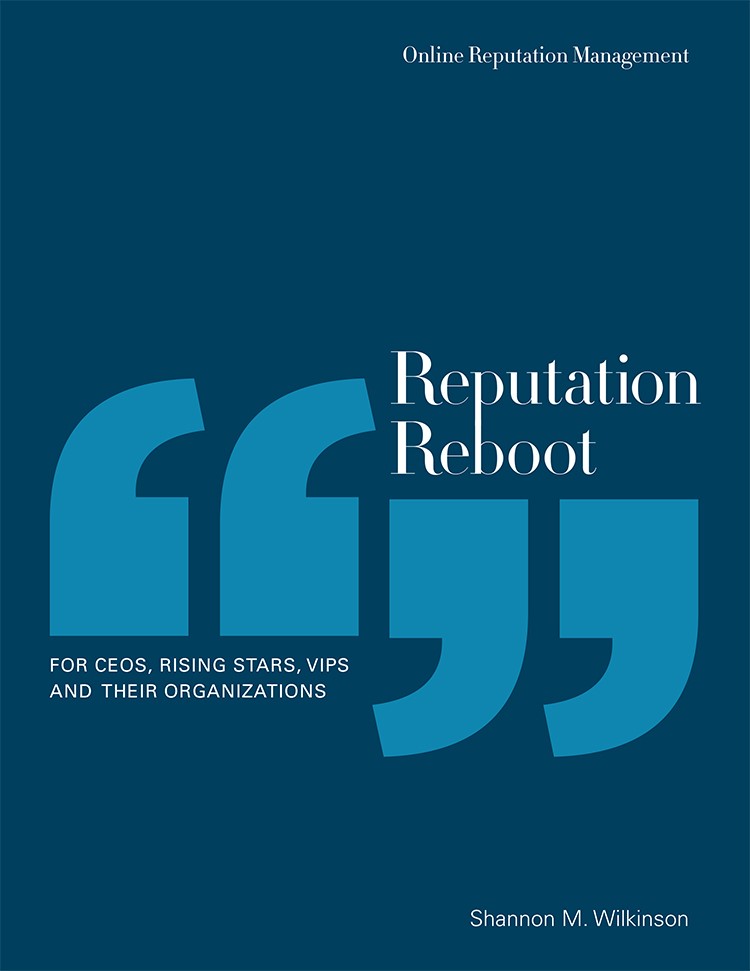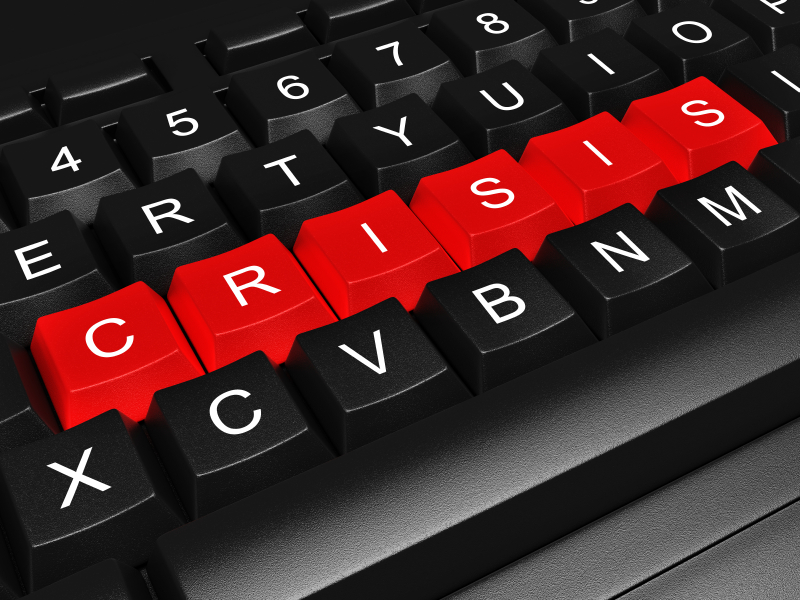
As we grapple with this “new normal,” one thing is clear: now we are all virtual.
Even after COVID-19 is under control, most of us will continue to promote our expertise and stature on the internet. We will have as many real-time video meetings as we are now. That, too, will be the “new normal.”
In this new world, your digital presence is the new you. Remember that, more than ever, you are who Google says you are. This is the perfect time for you to plan, evaluate and, if necessary, reboot your online reputation.
Here’s a brief checklist:
How is your personal branding website? How about your biography and, if you are preparing to pivot, your resume? Have you wanted to write articles, start a blog or contribute an Op-Ed piece to a major media outlet? Or to Medium, Jeff Bezos’ thought-leadership platform of choice? Have you mastered the teleconferencing platform Zoom? (If not, check out their filter that makes you look your best as well as their backgrounds, which display an image or video. You can also upload your own.)
As virtual reputation experts we offer these free resources to help you strategize: Digital Reputation Management for CEOs & the C-Suite. It’s short and to the point. We also have the ultimate insider’s guide, Reputation Reboot: What Every Business Leader, Rising Star and VIP Needs to Know.
For those of you who have wanted to engage our help in attaining an influential Google reset, we are fully operational. As always, we are here if you need us.
If you have high school or college students marooned indoors during this time, please be sure and have them do a thorough check of their social media posts. If they have ever shared or written posts that can be interpreted as being racist, sexist, or discriminatory, they may lose their future opportunities as interns, employees and college students. Our article, Inside the Social Media Screening Industry explains the risks they face.





